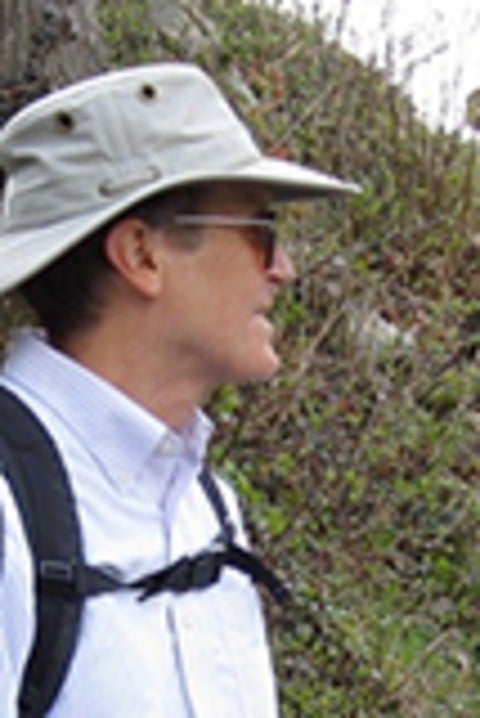Taehyun Yoon: An atom trap trace analysis (ATTA) system to measure trace contamination by Kr of XENON dark matter detector
Taehyun Yoon, Columbia University
In the XENON dark matter search experiment, trace contamination of Xe by Kr contributes background events through the beta decay of radioactive Kr-85. To achieve the required sensitivity of the detector, the contamination must be reduced below the part per trillion (ppt) level and this level must be known precisely. We have developed an atom trap trace analysis (ATTA) device using standard atom cooling and trapping techniques to detect Kr below the ppt level.

 A fellow of both the American Physics Society and the American Association for the Advancement of Sciences, John R. Kirtley is known for developing novel techniques based on scanning Superconducting QUantum Interference Device (SQUID) microscopy.
A fellow of both the American Physics Society and the American Association for the Advancement of Sciences, John R. Kirtley is known for developing novel techniques based on scanning Superconducting QUantum Interference Device (SQUID) microscopy.